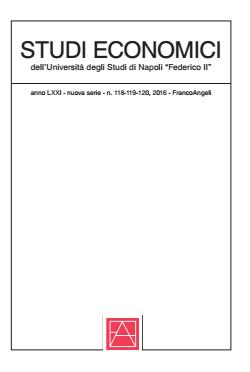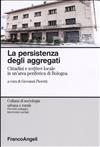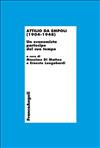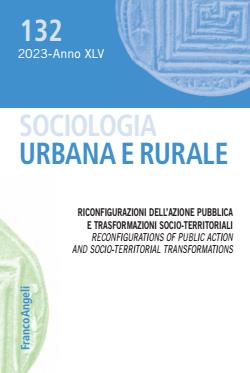
LIBRI DI MASSIMO DI MATTEO


Cittadini e welfare locale in un'area periferica di Bologna
cod. 1563.38

Un economista partecipe del suo tempo
Il volume raccoglie i contributi presentati al convegno organizzato in occasione della nascita di Attilio da Empoli, uno dei pochi economisti italiani di rilevanza internazionale della prima metà del secolo scorso. Il libro rivisita il suo lavoro teorico e presenta le varie attività nelle quali fu impegnato, in particolare come membro del parlamento e nelle tre guerre cui partecipò.
cod. 365.892

The use made in social sciences of the expression "suburban way of life" reveals great interest for the correlation between territorial and social structures in the larger city. In this essay, we discuss the evolution of the concept of "suburban way of life" in sociological literature. To this purpose, the classical works of Mumford, Gans, Castells and Sennett, as well as the more recent Italian contributions, have all been taken into account in order to explain the history and the development of this concept. Our analysis of the different interpretations of "suburban life" shows that this concept has been linked with negative values, and we investigate the possible reasons of this particular association.

My contribution to the theme of vulnerability is mostly based on the results of two field studies. Attention is focused on the role of "close links" in preventing the risk of abandonment and decomposition of the self, that is, the danger of arriving at an inability (or reluctance) of the individual to look after himself. I was faced with this matter during two different community studies: firstly in a marginal rural community in Abruzzo (Villa Santa Lucia degli Abruzzi) and secondly in a sub-area of a district in the outskirts of Bologna (San Donato). We are obviously dealing with two very different situations; at first sight a comparison seems impossible, especially because the first case is inside a rural environment that is now fast disappearing, whereas the second is becoming increasingly common for those living not only in western countries but also in other parts of the world. My aim was not merely to compare an urban and a rural environment, but rather to investigate how the «close links» in the two different situations were not the same, even though they play a similar role; in the rural community in question the family is seen as a relational environment offering protection and shelter, while in the second case the community factors such as neighbors are more important